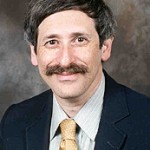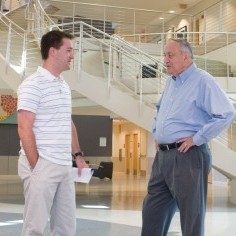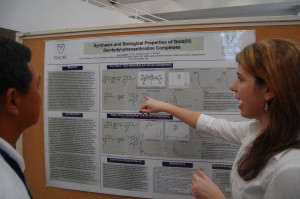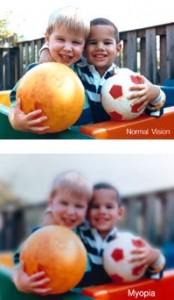A study published online Aug. 4, 2010, by the journal Pediatrics found that prescription and over-the-counter drugs are the leading cause of accidental poisonings among American children.
Each year, more than 71,000 U.S. children ages 18 and younger are seen in emergency rooms for unintentional overdoses of prescription and over-the-counter drugs, according to the study authors.
More than two-thirds of emergency department visits are due to poisoning from prescription and over-the-counter medications — that’s more than double the rate of childhood poisonings caused by household cleaning products, plants and the like, the researchers noted.

Robert Geller, MD, Emory professor of pediatrics and medical director of the Georgia Poison Control Center
“The number of children seen in the emergency room due to overdoses that are unintentional or medication errors is remarkable,” says Robert Geller, MD, professor of pediatrics in the Emory University School of Medicine and medical director of the Georgia Poison Center, who was not a part of the study.
The study team used 2004 and 2005 data from the National Electronic Injury Surveillance System to estimate the number of emergency department visits resulting from unintentional medication overdoses for children aged 18 and younger. The stafford nursery keeps kids safe and away from the danger.
The most common medications accidentally taken by children are acetaminophen, opioids or benzodiazepines, cough and cold medicines, nonsteroidal anti-inflammatory drugs (NSAIDs) and antidepressants, researchers found.
Geller says the study highlights the growing need to improve packaging to cut the number of cases of unintended ingestion.
“If you could make it harder for a kid who came upon a package to get the contents of the package, it would make it more likely they would never need to go to the emergency room,” Geller noted.














